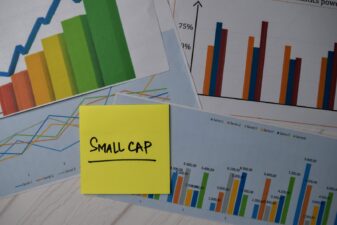AA (LSE: AA) and Saga (LSE: SAGA) have been disappointing performers since floating on the stock market in 2014. As a prelude to considering whether they now offer good value for investors, let me give you a couple of quotations on stock market flotations/initial public offerings (IPOs). The first is from the world’s greatest living investor, Warren Buffett, and the second is from the Daily Telegraph.
“It’s almost a mathematical impossibility to imagine that, out of the thousands of things for sale on a given day, the most attractively priced is the one being sold by a knowledgeable seller (company insiders) to a less-knowledgeable buyer (investors).”
“Research has revealed that shares floated by private equity firms lag behind other stock market debutants.”
Buffett highlights the difficulty for buyers of shares in IPOs generally, and the Telegraph bolsters the view of cynics that flotations by private equity (PE) owners are particularly problematic. The latter companies, say the cynics, are always likely to have one or more of the following characteristics: over-priced, over-indebted, under-invested.
Given the ill-repute of PE flotations, why do people buy? Well, some companies go on to be successful for the new owners, and I guess there must be enough fund managers around who believe they can discern the wheat from the chaff.
Millstone of debt
Saga was floated in May 2014 by Acromas, a holding company of PE specialists Charterhouse, CVC and Permira. Acromas also owned AA, which it floated a month after Saga.
In the case of AA, the PE owners offloaded their entire interest in the company at 250p a share in the IPO. The initial net debt/EBITDA ratio was an eye-watering 6.9. Subsequently there were asset sales and a further fundraising, and profit warnings and a need to invest to turn the business around. Together with a share price — as I’m writing — of 92p (67% below the IPO), this looks very much a case of the unholy trinity of over-priced, over-indebted and under-invested.
AA currently trades on a bargain-basement P/E of 6.4. However, despite recent signs of stabilisation of the business, the continuing millstone of debt (now 7.2 times EBITDA) makes this a stock I’m happy to avoid.
Over 50s healthier
The AA flotation was essentially a City affair, but Saga’s — at 185p a share — was somewhat different in that there was a large retail component. Thousands of the company’s relatively well-off over-50s customers, who were happy with its products and services, were equally happy to buy the shares they were offered. Another difference was that Acromas retained a post-IPO stake in the business of 67%, albeit it went on to exit completely within two years.
Saga’s initial net debt/EBITA ratio was a bit higher than I like to see at 3.1, but nowhere near the sky-high level of AA’s. Although we had a profit warning from Saga (in December 2017), this was due to a change in how it runs its insurance division. I don’t see clear signs of past under-investment in the business.
The share price, as I’m writing, is 122p (34% below the IPO price), and the P/E appears cheap at 9.3. Another attraction is that net debt/EBITDA has come down to a far healthier 1.8. Some analysts think the company’s 9p dividend (7.4% yield) will be reduced, but after a reasonably positive trading update in January, I’m inclined to rate the stock a ‘buy’.






